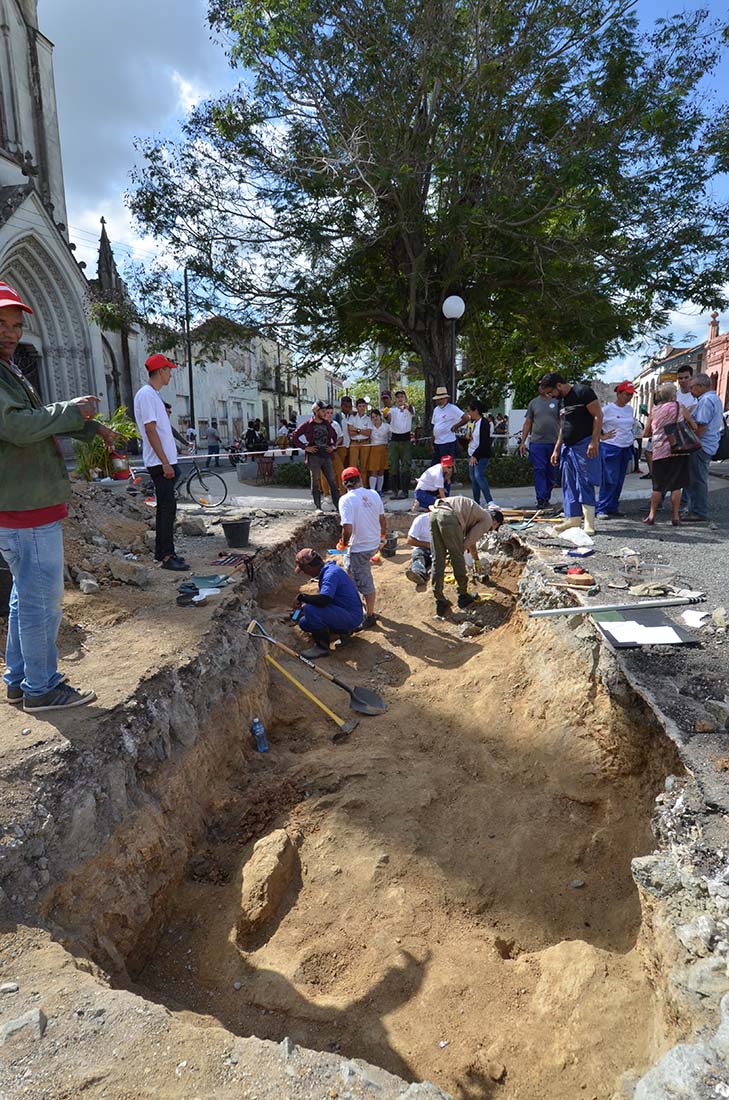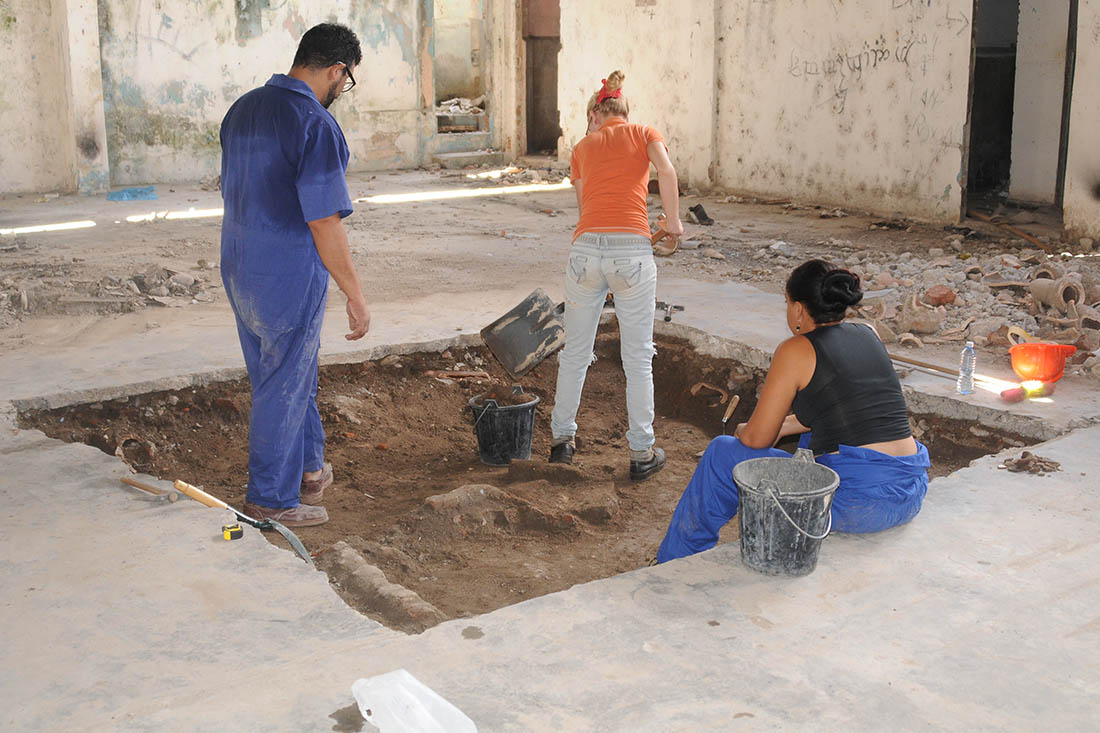By: Karen María Hernández Rodríguez
In Cuba, every September 17th, the Archaeologist’s Day is celebrated, the date on which the National Archeology Commission was established in 1937 at the Montané Anthropological Museum in Havana. This later received the name of the National Board of Archeology and Ethnology (1942-1962), as a control center, dissemination of research and conservation of archaeological remains as historical sources of the nation. Nowadays, this group of professionals is dedicated to the protection of the historical archaeological values of the nation.
Background of the archaeological studies in Camagüey
Archeology in Camagüey has a rich history. The antecedents date back to 1847 with the explorations carried out by the Spaniard Miguel Rodríguez Ferrer, geographer and archaeologist, who presented material evidence of the aboriginal communities. His work served as the starting point for the scientific societies created in the second half of the 19th century.
The most significant archaeological activities began in the 20th century, and played a fundamental role in the search for pre-Hispanic cultures, as well as in the consolidation of cultural identity. Several researchers stand out in this period, such as Felipe Pichardo Moya, who explored and excavated the Caneyes in the south of the province. Some of his essays were: El Camagüey Precolombino (1934) and Los Caneyes del Sur de Camagüey (1944).
With the triumph of the Revolution and the opening of the Anthropology Department at the Cuban Academy of Sciences in the 1960s, several investigations and explorations were carried out in the Sierra de Cubitas, Pueblo Viejo de Nuevitas and south of the province. In the decade of 1970-1980, the archaeological interventions in the historic center were few, focused on constructions from the colonial period, and in many cases the results were not disclosed.
Archeology in the historic center of Camagüey
In 1997 the Office of the Historian of Camagüey city (OHCC) was created and the restoration, rehabilitation and archeology actions assume a specialized approach. However, it was not until the end of 2008 that the discipline took center stage together with the declaration of a part of the Historic Center as Cultural Heritage of Humanity and the creation of an archeology office.
The new Cabinet promoted the archaeological work and specialized in investigative work from urban archeology. The work team was made up of various specialties, through graduates of the History, Biology, Sociocultural Studies majors and technicians graduated from the Francisco Sánchez Betancourt School of Trades (OHCC).
Interventions and some results
Between 2009-2016, several spaces were intervened, such as the building in Independencia no. 219, known as Casa del Regidor; the house no. 2 in the Plazuela del Puente; and the courtyard of the old Hospital of San Juan de Dios. Also, the site where the Havana Hotel was located, in Cisneros no. 208. This space was excavated several times and allowed the recovery of abundant material associated with daily life in the past.
In these years studies were also carried out in rural areas, linked to the beginning and development of the city. In 2012, a significant event was the archaeological investigation at the Pueblo Viejo site, known as the place of the first settlement of the city. The investigation generated abundant information and opened new lines of investigation.
In order to know the values of the archaeological heritage of the historic center of Camagüey city, the project of archaeological revelation in the city (2011-2017) was developed. This generated scientific information and public dissemination about the archaeological heritage, for its management and conservation.
From this inventory, new excavation and research projects were encouraged from preventive archeology, not only towards the urban, but also taking into account the underwater and industrial heritage. In 2016 the Cabinet joins the Research Directorate to consolidate the scientific activity of the OHCC, in which historians and restorers of Mural Painting also participate.
Between 2018-2021, other significant archaeological interventions were carried out, such as in Martí Park (where the old church of San Francisco was located), in which material evidence associated with burials and construction elements from the 17th century were recovered; as well as the excavations in the house of Luaces no. 15 (popularly known as the Shirt Factory), the Pichardo Palace and the old Camagüey Prison.
The task of the archeology work team in Camagüey in these years has achieved an impact on the knowledge of Camagüey’s archaeological heritage, with significant contributions to research, conservation and safeguarding of the nation’s cultural heritage. However, new lines of research should be promoted to continue providing criteria that contribute to the historical archaeological knowledge of the territory.
Translated by: Aileen Álvarez García










